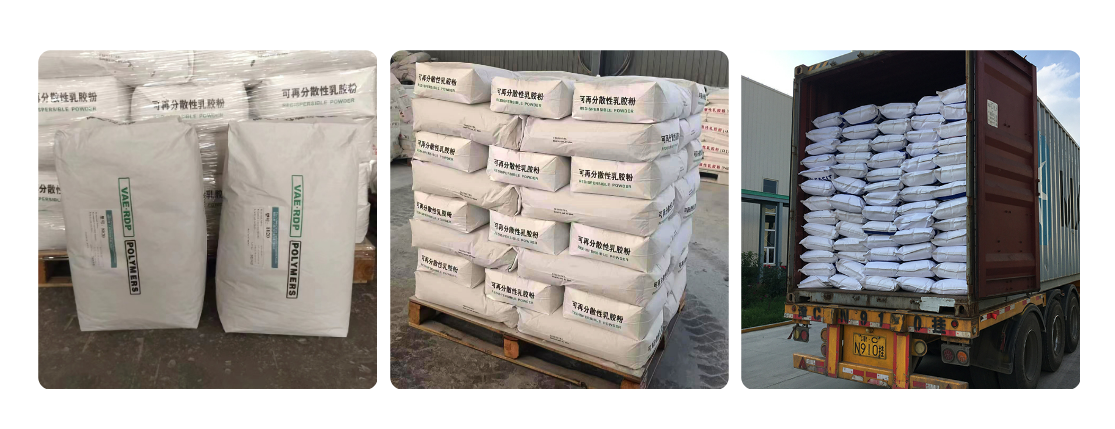
Nov . 16, 2024 11:17 Back to list
hpmc gelation temperature
Understanding HPMC Gelation Temperature Implications and Applications
Hydroxypropyl methylcellulose (HPMC) is a widely used cellulose derivative celebrated for its versatile applications in industries ranging from pharmaceuticals to food science. One of the critical characteristics of HPMC that researchers and manufacturers must consider is its gelation temperature. This property plays a significant role in the formulation and performance of products that utilize HPMC. In this article, we delve into the concept of HPMC gelation temperature, exploring its importance, influencing factors, and applications in various fields.
What is HPMC?
HPMC is a hydrophilic polymer derived from natural cellulose, modified to improve its solubility and functional properties. Its ability to form gels at specific temperatures makes it particularly valuable in applications that require thickness, stability, and controlled release of active ingredients. HPMC is praised for its non-toxic nature, making it suitable for food products, pharmaceuticals, cosmetics, and various industrial applications.
Gelation Temperature Explained
Gelation temperature refers to the specific temperature at which HPMC transitions from a liquid state to a gel-like consistency. This phenomenon is induced by temperature changes, which affect the molecular structure of the polymer. As the temperature rises, the solubility of HPMC in water decreases, leading to intermolecular interactions that promote gel formation. The gelation temperature is influenced by various factors, including the degree of substitution of the cellulose backbone, the molecular weight of the polymer, and the concentration of HPMC in the solution.
Factors Influencing Gelation Temperature
1. Degree of Substitution HPMC is characterized by its degree of substitution (DS), which refers to the average number of hydroxyl groups substituted with hydroxypropyl and methoxy groups. A higher DS typically leads to a lower gelation temperature, as the increased hydrophobic character facilitates gel formation at lower temperatures.
2. Molecular Weight The molecular weight of HPMC also affects gelation. Higher molecular weight can lead to stronger gel networks, resulting in a higher gelation temperature. Therefore, selecting the appropriate molecular weight is crucial for specific applications.
3. Concentration The concentration of HPMC in the solution is another significant factor. Higher concentrations generally lead to increased viscosity and can elevate the gelation temperature, as more polymer chains are available to interact and form a three-dimensional network.
hpmc gelation temperature

4. Presence of Additives The incorporation of various additives, such as salts or other polymers, can also influence the gelation temperature of HPMC. Anions and cations can disrupt hydrogen bonding and alter hydrophobic interactions, either promoting or inhibiting gel formation.
Applications of HPMC Gelation Temperature
The gelation temperature of HPMC holds substantial implications for its applications across various industries
1. Pharmaceuticals In drug formulations, the gelation temperature is critical for controlling the release profiles of active ingredients. HPMC-based gels can be designed to release drugs at specific rates, enhancing therapeutic effectiveness. The gelation properties also assist in the stabilization of emulsions and suspensions.
2. Food Industry In food applications, HPMC serves as a thickening agent and stabilizer. By manipulating gelation temperature, manufacturers can create products with desired texture and consistency, enhancing mouthfeel and overall sensory experience for consumers.
3. Cosmetics and Personal Care HPMC is utilized in cosmetic formulations for its thickening and film-forming properties. The gelation temperature can be adjusted to achieve specific product textures, from light gels to rich creams, catering to diverse consumer preferences.
4. Biotechnology In tissue engineering and regenerative medicine, HPMC gels are employed as scaffolds for cell growth. The precise control over gelation temperature allows for the customization of scaffold properties to support specific cellular activities.
Conclusion
The gelation temperature of HPMC is a pivotal property that influences its functionality across numerous applications. Understanding the factors that affect this temperature enables researchers and manufacturers to tailor HPMC formulations for optimal performance. Whether in pharmaceuticals, food, cosmetics, or biotechnology, the manipulation of HPMC's gelation behavior opens up exciting possibilities for innovation and enhancement of product quality. As research progresses, the potential applications of HPMC continue to expand, demonstrating the importance of this remarkable polymer in modern science and industry.
-
Versatile Hpmc Uses in Different Industries
NewsJun.19,2025
-
Redispersible Powder's Role in Enhancing Durability of Construction Products
NewsJun.19,2025
-
Hydroxyethyl Cellulose Applications Driving Green Industrial Processes
NewsJun.19,2025
-
Exploring Different Redispersible Polymer Powder
NewsJun.19,2025
-
Choosing the Right Mortar Bonding Agent
NewsJun.19,2025
-
Applications and Significance of China Hpmc in Modern Industries
NewsJun.19,2025







